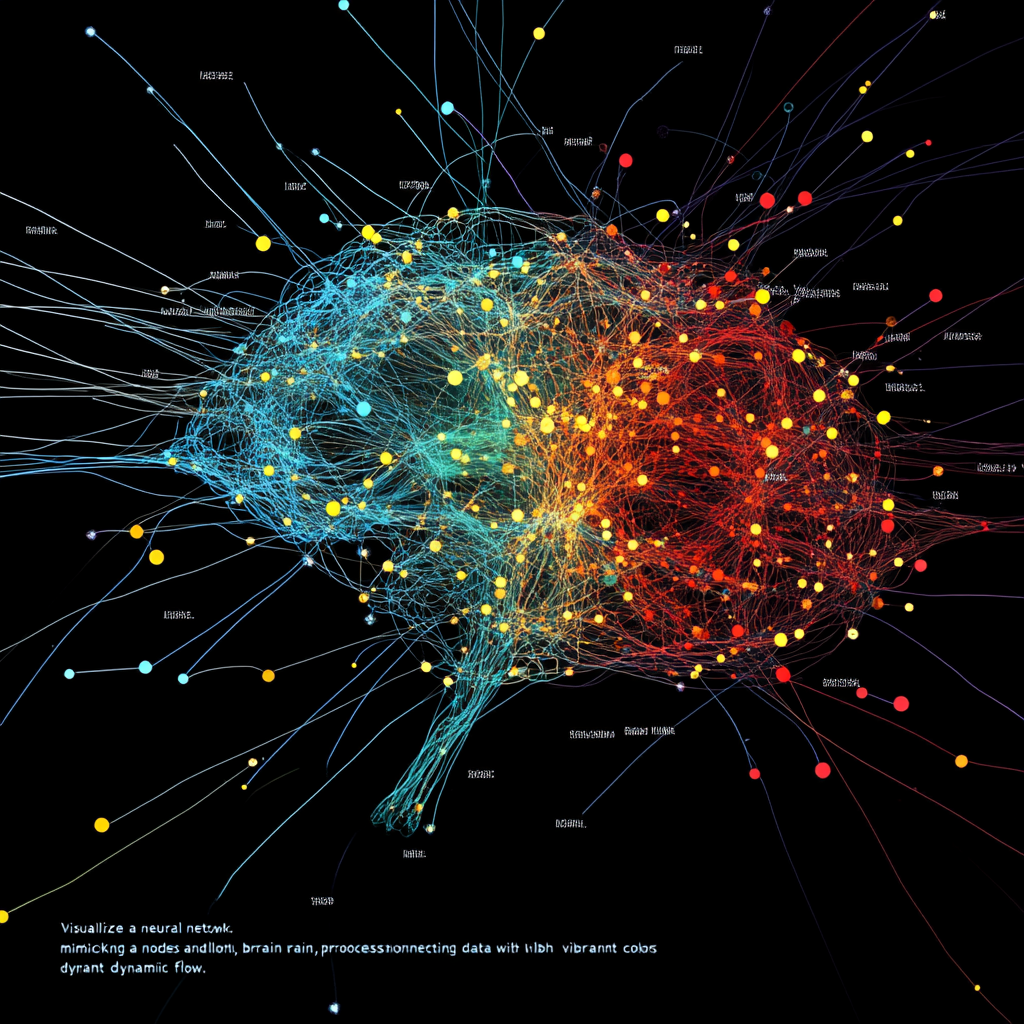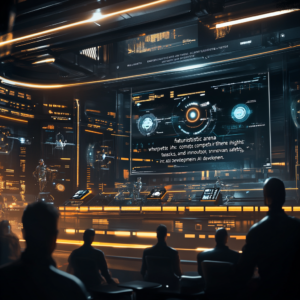
Rocket Lab Launch: Earth-Observation Satellite with Precision Vision
Unlocking the Secrets of Neural Networks
If you want to dive into the mesmerizing, often mind-bending world of neural networks, you’ve got to buckle up. Here’s the lowdown: neural networks are beautiful and complex systems that mimic the way human brains operate. But let’s be clear—almost everyone who talks about them tends to sound like they're reciting a textbook from the Himalayas. So let’s strip down the jargon, and break this down in a way that actually makes sense.
First off, neural networks are not some mystical black box hocus-pocus. No, they are grounded in math, and they thrive on data like a kid at a candy store. The larger and more diverse the data you throw at them, the better they get at recognizing patterns. It’s like the old saying, "you can’t teach an old dog new tricks"—well, neural networks need fresh, delicious data to learn and evolve.
Now, let’s clear the air. Forget everything you’ve heard about the “magic” behind deep learning. The magic is simply a bunch of computations happening behind the scenes. Information goes in, gets processed through layers of neurons—think of them as miniature calculators—and voilà, the network spits out predictions or classifications. But, here’s the kicker: if your data is crap, you are just going to end up with a meticulously crafted pile of garbage. Garbage in, garbage out, my friend.
You know what’s more fascinating? The flexibility of neural networks. From image recognition to natural language processing, these networks can learn to perform various tasks just by being presented with enough data. Like a chameleon, they adapt. Want to teach one to recognize cats in pictures? Feed it enough pictures of fluffy felines, and before you know it, your network can spot a Siamese from a mile away. Which brings us to the million-dollar question: how do we train them?
Training a neural network—now that’s an art. It’s not just about throwing data into the mix and waiting for the magic to happen. You start off with something called a “training set,” where the network learns to recognize patterns. But this isn't a one-and-done kind of deal. You’ve got to validate the model with a separate data set to see if it can generalize well. And if it’s overfitting, don’t just toss it aside; refine it, prune the excess, make it leaner, meaner, better.
And let’s talk about layers. Oh boy, layers! The more layers you stack, the deeper your neural network becomes, hence the term "deep learning." If this brings a distant memory of an onion to mind, you’re not far off. Each layer extracts features—simple features at the beginning (like edges in an image) progressively morphing into more complex features as you go deeper (like recognizing a full-on cat).
But hold up! It’s essential to know that more layers aren't always the answer. Just like too much cheese can ruin a lasagna, piling on too many layers can lead to diminishing returns. Where’s the balance? Well, that’s where research, experimentation, and a healthy dose of intuition come into play.
Now, let’s not forget the fantastical world of algorithms that power neural networks. Popular ones like the Convolutional Neural Network (CNN) are all the rage when it comes to images, while Recurrent Neural Networks (RNNs) have proudly claimed their fame in the realm of sequential data such as text and time series. Again, think of sorting out your wardrobe—certain algorithms are tailored for specific tasks.
And then there’s the elephant in the room: ethics. Oh yes, we can’t ignore this aspect, can we? As neural networks become integrated into our lives, from self-driving cars to algorithms determining your creditworthiness, there’s a hefty responsibility resting on our shoulders. Biases in data lead to biased outcomes. A neural network trained on skewed data can end up reinforcing stereotypes. This isn’t just a technical hurdle; it’s a moral imperative. Let's strive to ensure that our networks learn fairly, giving everyone a fair shake.
In conclusion, neural networks are an awe-inspiring manifestation of modern technology and cognitive science—powerful, adaptable, but also ethically complicated. They beckon us into uncharted territories and demand that we tread thoughtfully. It’s a landscape of tremendous promise and peril.
So, whether you’re a curious newbie wanting to dip your toes into machine learning or a seasoned data scientist digging for the next great breakthrough, there’s no better time to immerse yourself in the wonderful world of neural networks. Want to stay up to date with the latest news on neural networks and automation? Subscribe to our Telegram channel: @channel_neirotoken. Go ahead, indulge your curiosity; it’s time to embrace the revolution in artificial intelligence!

